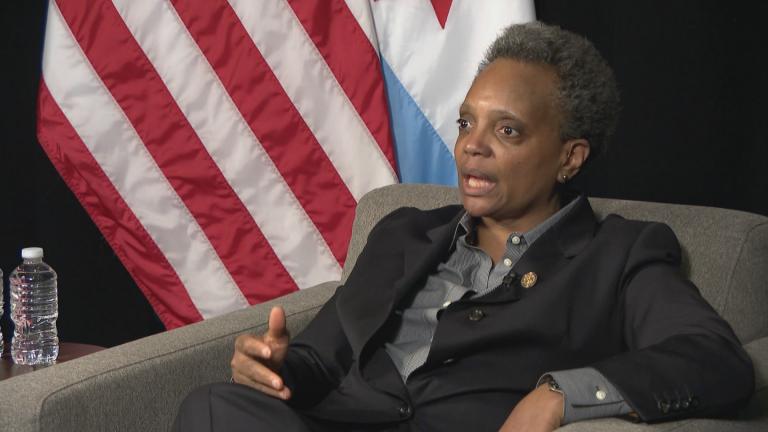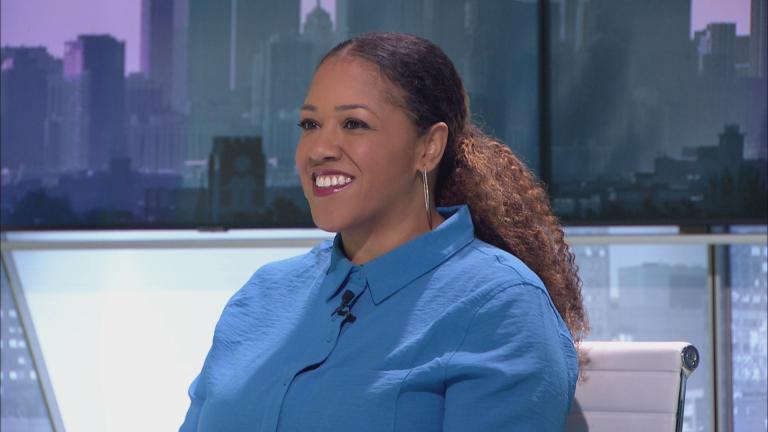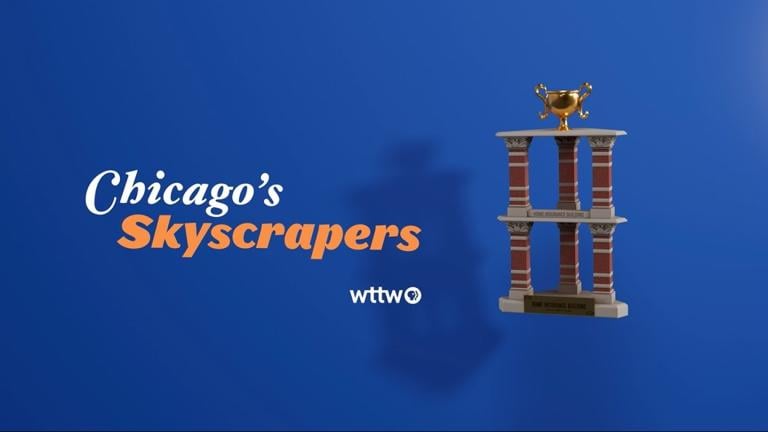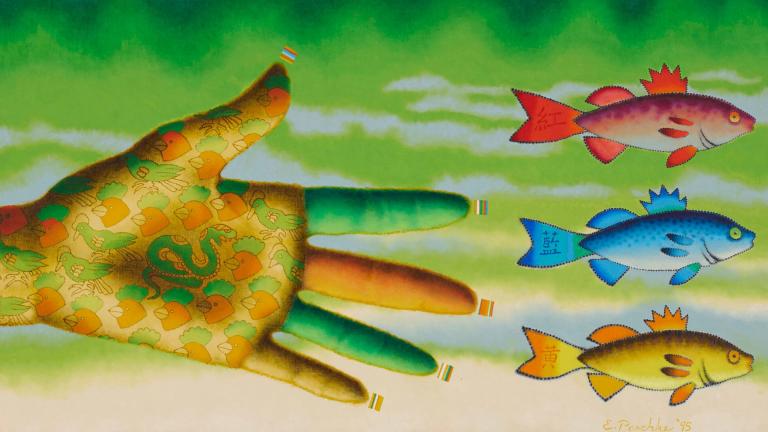The Binny’s Beverage Depot at the intersection of Clark Street and Wellington Avenue in Lakeview is marked by its medieval exterior.
The design isn’t a creative technique to make the liquor store stand out among other retailers in the area, but a reminder of the building’s history, which spans as far back as the 1920s.
Geoffrey Baer joined “Chicago Tonight” for this week’s Ask Geoffrey about the Ivanhoe Theater.
What is the history of the Ivanhoe Theater? — Shirley Soda, Chicago
When two brothers opened the Ivanhoe as a restaurant in the 1920s it looked like a castle from Europe’s Middle Ages had been plunked down on the corner of Clark and Wellington.
Inside, patrons could dine and dance in Robin Hood’s Sherwood Forest. The menu specialized in German and European dishes described as “inexpensive but nice.”
The restaurant’s name came from a 19th century novel set in England in the 12th century: “Ivanhoe: A Romance” by Sir Walter Scott, which one of the owners loved.
There was a subterranean realm with eerie tunnels leading to a rustic bar with wooden tables. There were stalactites and bones embedded in the walls. According to many sources the joint was a speakeasy during prohibition. And getting there was half the fun.
Patrons would step onto a cramped open-sided elevator. Guests would watch the brick disappear above them as the shaky car descended deep into the bowels of the earth — or so it appeared.
Really, the elevator would just go down to the basement. The operator shook the car with their legs and the disappearing walls were thanks to a revolving visual effect.
Patrons would step onto a cramped open-sided elevator. Guests would watch the brick disappear above them as the shaky car descended deep into the bowels of the earth — or so it appeared. (Courtesy Binny’s Beverage Depot)
In 1966 a son of the original owners took over the business and turned it into a theater.
The Ivanhoe was a theater in the round — or rather a square. With the audience seated on all four sides of the stage, which distinguished it from the more formal velvet curtain downtown theatres.
The Ivanhoe started out staging lighter comedies headlined by well-known TV and movie actors but not exactly A-listers. But things changed when the owner brought in producer/director — George Keathley who had worked on Broadway, and in regional theatres with, among others, playwright Tennessee Williams.
Keathley shifted the direction to more substantial plays starring prominent stage actors. Rita Moreno was one of the first stars featured under Keathley in Tennessee Williams’s “The Rose Tattoo.”
With Keathley at the helm, the Ivanhoe helped give birth to what would become Chicago’s nationally acclaimed off-Loop and storefront theater scene. Known for being rough around the edges, and both entertaining and challenging.
The theater had quite the range.
Jackie Kennedy’s sister Lee Radizwill made her acting debut at the Ivanhoe in “The Philadelphia Story” at the urging of Truman Capote. Her performance was savaged by the critics and by her co-star.
And that show was followed by Zsa Zsa Gabor in Noel Coward’s “Blithe Spirit”.
Among the most popular shows was a play called “Status Quo Vadis” – a comedy that took on America’s social class structure. Although it was panned when it moved to New York.
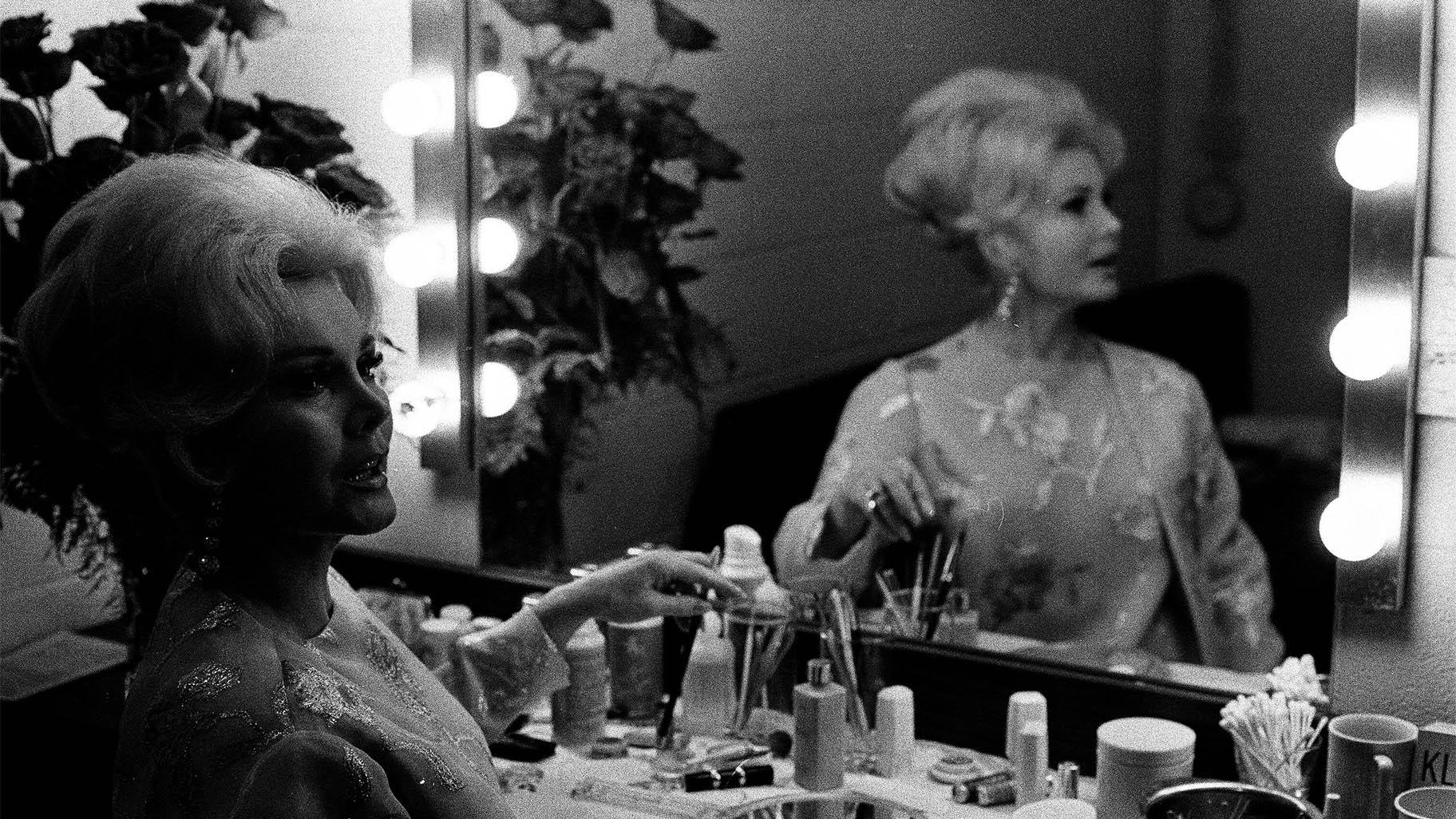 Zsa Zsa Gabor appeared at the Ivanhoe Theater in Noel Coward’s “Blithe Spirit.” (Courtesy The Chicago History Museum)
Zsa Zsa Gabor appeared at the Ivanhoe Theater in Noel Coward’s “Blithe Spirit.” (Courtesy The Chicago History Museum)
However, the theater’s dinner-and-a-show model had mixed results.
Since most diners were also there to see theatre, the restaurant would clear out when the show started.
This eventually led to the sale of the business to a new producer who just rented out the space to other theatre companies and to concert promoters who brought in acts including Dolly Parton, Graham Parker, and David Steinberg.
In the 1980s the theatre was chopped in half converting it from an arena to an amphitheater and the former restaurant next door became Gold Standard Liquors and Chalet Cheese Shop, which later changed its name to Binny’s, as a nod to owner and founder, Harold Binstein.
When the theatre finally closed for good in 2001 Binny’s expanded to take over the entire space. They retained the castle-like medieval exterior.
And restored the catacombs, using them — before COVID — as an event space for things like wine tastings.
And by the way, the Ivanhoe is not the only Chicago connection for novelist Sir Walter Scott. The suburb of Kenilworth is named after another of Scott’s books.
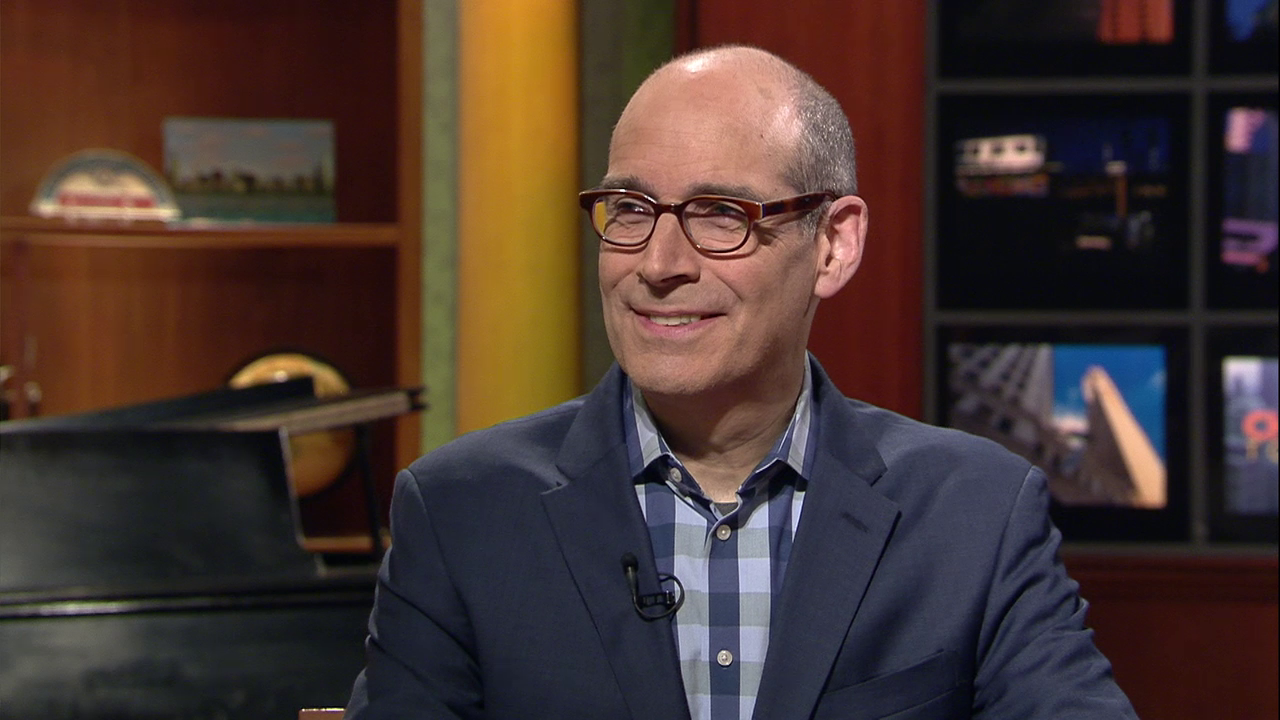 Did you know that you can dig through our Ask Geoffrey archives? Revisit your favorite episodes, discover new secrets about the city’s past, and ask Geoffrey your own questions for possible exploration in upcoming episodes. Find it all right here.
Did you know that you can dig through our Ask Geoffrey archives? Revisit your favorite episodes, discover new secrets about the city’s past, and ask Geoffrey your own questions for possible exploration in upcoming episodes. Find it all right here.
Do you have a question for Geoffrey? Ask him.
Note: This story was updated to correct the date of the novel Ivanhoe’s publication.


